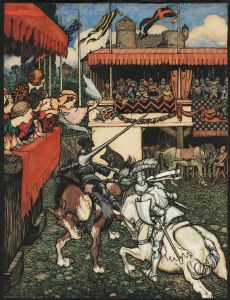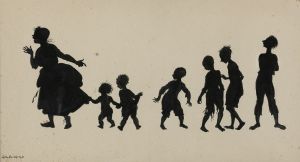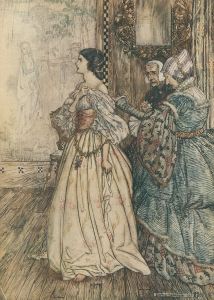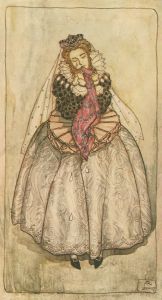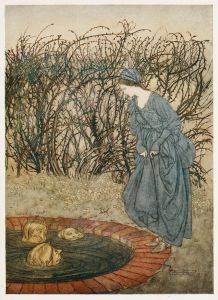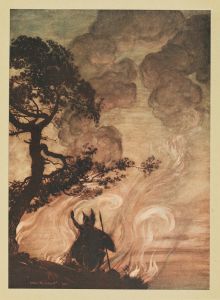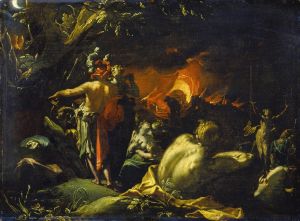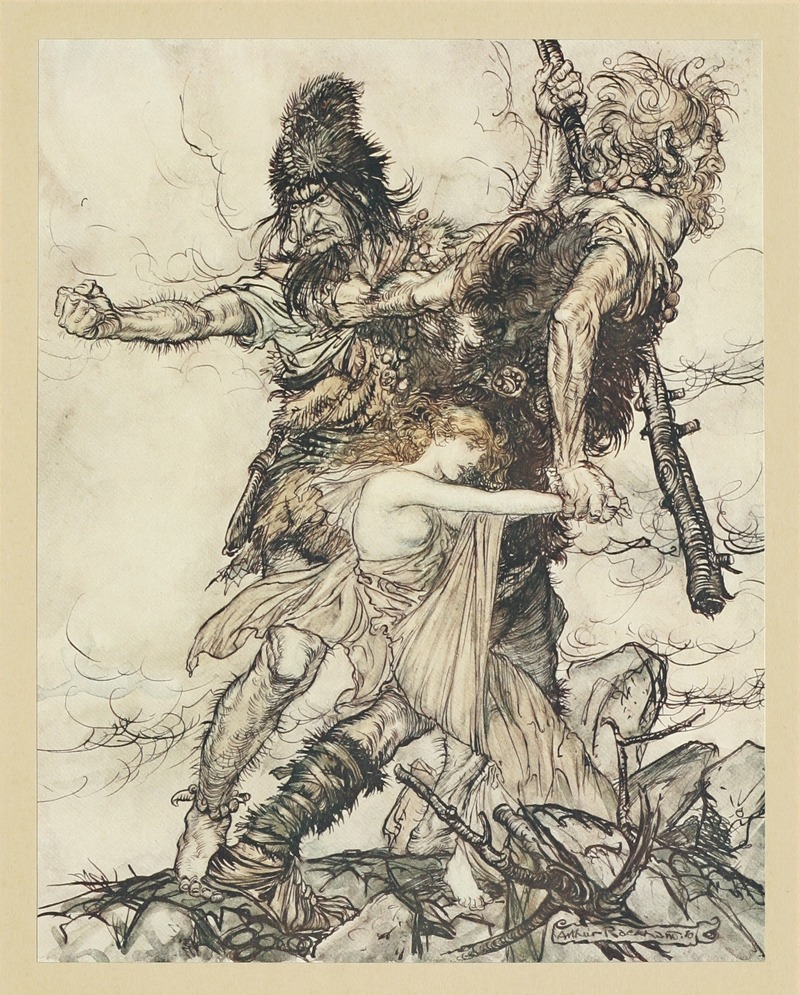
Fasolt suddenly seizes Freia and drags her to one side with Fafner
A hand-painted replica of Arthur Rackham’s masterpiece Fasolt suddenly seizes Freia and drags her to one side with Fafner, meticulously crafted by professional artists to capture the true essence of the original. Each piece is created with museum-quality canvas and rare mineral pigments, carefully painted by experienced artists with delicate brushstrokes and rich, layered colors to perfectly recreate the texture of the original artwork. Unlike machine-printed reproductions, this hand-painted version brings the painting to life, infused with the artist’s emotions and skill in every stroke. Whether for personal collection or home decoration, it instantly elevates the artistic atmosphere of any space.
"Fasolt suddenly seizes Freia and drags her to one side with Fafner" is an illustration by the renowned British artist Arthur Rackham. This artwork is part of Rackham's series of illustrations for Richard Wagner's epic opera cycle "Der Ring des Nibelungen" (The Ring of the Nibelung), specifically for the opera "Das Rheingold," which is the first of the four operas in the cycle.
Arthur Rackham (1867-1939) was a prolific illustrator known for his distinctive style, characterized by intricate line work, rich detail, and a sense of whimsy and fantasy. His work often featured in books of fairy tales, myths, and legends, making him one of the most celebrated illustrators of the early 20th century.
"Das Rheingold" premiered in 1869 and serves as the prologue to Wagner's monumental Ring cycle. The opera introduces many of the key characters and themes that will be developed throughout the subsequent operas. The scene depicted in Rackham's illustration occurs during a pivotal moment in "Das Rheingold." In this scene, the giants Fasolt and Fafner, who have built Valhalla for the gods, seize Freia, the goddess of youth and beauty, as a ransom for their payment. Freia's abduction is a critical event, as her absence causes the gods to age and weaken, highlighting her importance in maintaining their immortality.
Rackham's illustration captures the dramatic tension of this moment. Fasolt, one of the giants, is shown forcefully grabbing Freia, while Fafner stands by, ready to assist. The expressions and body language of the characters convey the urgency and desperation of the situation. Rackham's use of color and shading adds depth and emotion to the scene, drawing the viewer into the narrative.
This illustration, along with others in the series, was published in a deluxe edition of Wagner's "The Ring of the Nibelung" in 1910. Rackham's illustrations for this edition are considered some of his finest work, showcasing his ability to bring Wagner's complex and fantastical world to life. The illustrations were well-received and have since become iconic representations of Wagner's operas.
Arthur Rackham's contributions to the visual interpretation of Wagner's Ring cycle have had a lasting impact on how these operas are perceived. His work continues to be celebrated for its artistic merit and its ability to capture the essence of Wagner's music and storytelling. The illustration "Fasolt suddenly seizes Freia and drags her to one side with Fafner" remains a testament to Rackham's skill as an illustrator and his deep understanding of the dramatic and emotional core of Wagner's work.





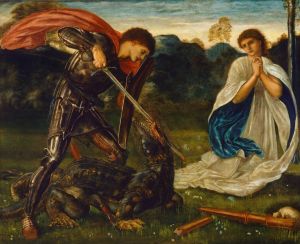
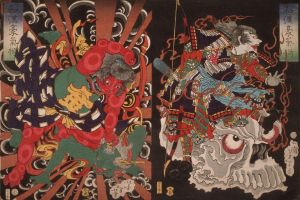
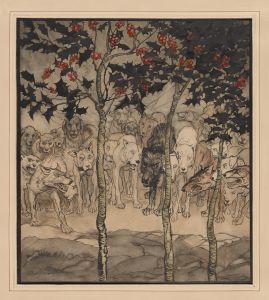
![Ophelia; from Rackham’s Illustrations to Lamb’s Tales from Shakespeare [Hamlet]](/imgs/268044/s/arthur-rackham-ophelia-from-rackhams-illustrations-to-lambs-tales-from-shakespeare-hamlet-79c3d3ec.jpg)
